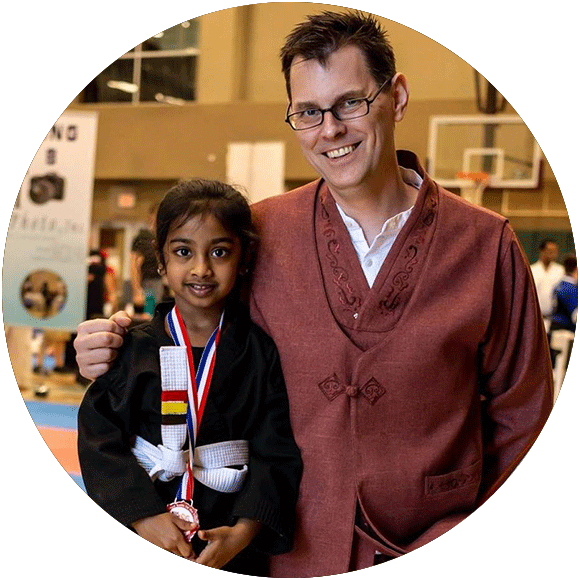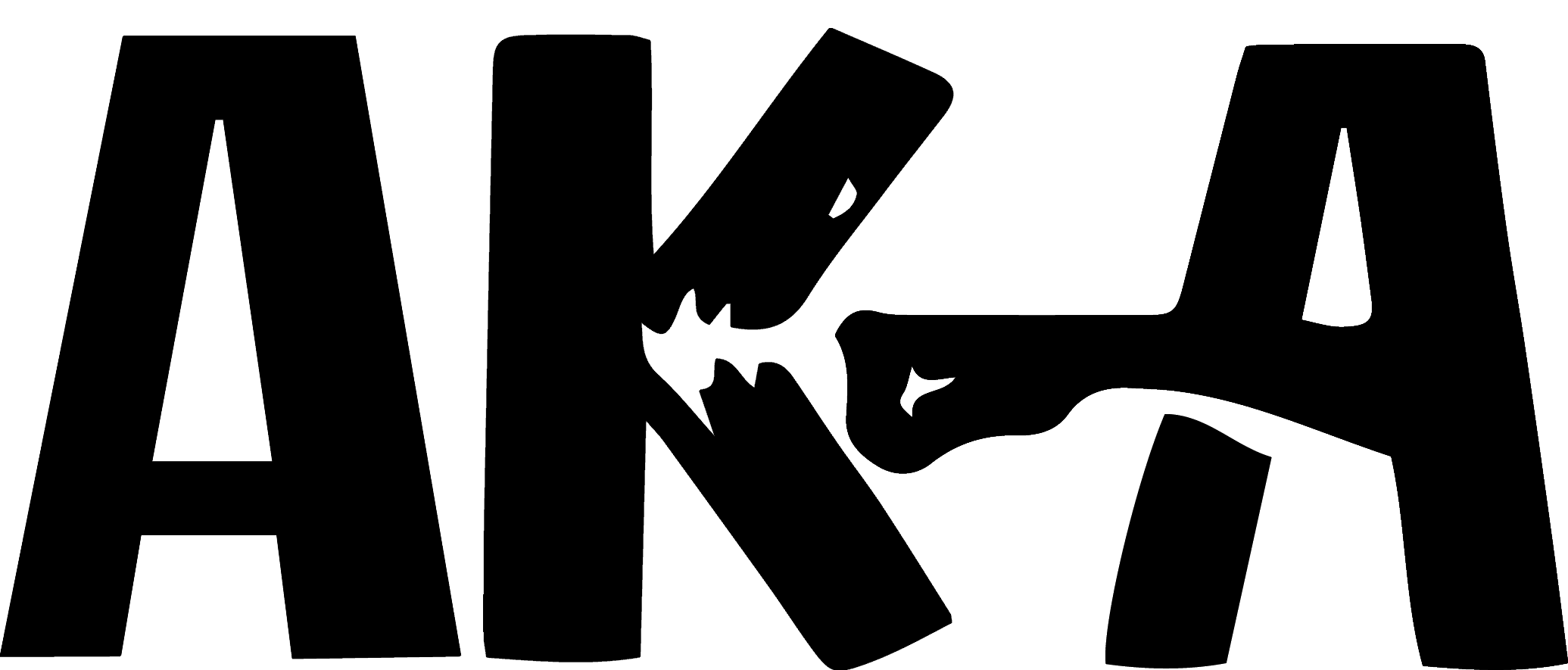Veterans battle PTSD with martial arts

“I saw too many of my brothers die.”
It was the winter months of 2004, when the US, along with British and Iraqi forces, took part in Operation Phantom Fury, a battle that was deemed some of the heaviest urban combat that US Marines have ever been involved in since the Battle of Hue City in Vietnam in 1968. In the end, 95 American military personnel died and 560 were wounded. Many who were there saw the atrocities that war can bring such as a gentleman who we will call Lance Corporal (LCpl) X (name withheld by request). “I saw too many of my brothers die.” He explained and while he survived unscathed physically, it was mentally where he received his battle scars in the form of PTSD (Post Traumatic Stress Disorder). PTSD was officially recognized as a disorder with specific symptoms back in 1980. Since then it is estimated about 15% of current Vietnam War vets, 12% of Gulf War vets and 15% of those who served in Operation Iraqi Freedom and Enduring Freedom have PTSD. Prior to the use of this term, the term ‘Shell Shock’ was used to help describe combat veterans who returned from the war, and because there was very little known about this condition, many mental health doctors and the general public doubted what those combat veterans were going through was, in fact, a mental disorder. Those who military personnel who displayed the symptoms of shell shock were often labeled as “weak” and removed from combat zones and/or discharged from the military. Once discharged, they were unleashed into “normal” society with no means to help deal with their situation. After 1980, when PTSD was recognized as a psychobiological mental disorder, the mainstream way of treating the disorder was a mixture of therapy and medications.

“They really didn’t give any advice to cope, other than shove meds down my throat.”
For LCpl X, “They really didn’t give any advice to cope, other than shove meds down my throat.” This was also the case for Army Sargent (SGT) Justin Castillo, who was deployed to Iraq from December of 2004 to January of 2005 for Operation Iraqi Freedom II.
“My service ended five months after my deployment and was initially given SSRI’s, which never worked. If anything they made the panic attacks worse.”
SSRI’s or Selective Serotonin Reuptake Inhibitors, are a designated class of antidepressants that work by increasing the level of serotonin in the brain. When there is a deficiency of serotonin in the body, the person will start to display mood swings such as anxiety or depression. US Navy Petty Officer Angela (last name withheld by request) faced a similar prescription of treatment.

“Aside from my current therapist, all other therapist did not give me any helpful advice on how to deal with it. They wanted to put me on medication, but I refuse to take meds. My current therapist advised me to continue doing Taekwondo. She noticed that I tend to get a lot of my aggression out by practicing at Taekwondo; she has noticed how different I act in session before going and after going to Taekwondo.”
Petty Officer Angela started her martial arts training with her father who taught her police combative techniques due to sexual assaults that were happening in her school, but her introduction to a more formal setting happened when she was stationed in Northwest Annex, Chesapeake, VA. In that area, there were reported incidents of assaults happening which motivated her and her friend to seek training.
“My friend and I were constantly harassed by American and foreign military personnel at the galley, our barracks and even in public settings….Some of the Saudi military would follow us back to our barracks and wait for us outside… My friend and I were constantly calling the military police and the base commander to do something about it since our chain of command refused to listen to our complaints. We finally decided to take taekwondo at the US Taekwondo Center in Virginia Beach, VA under Grandmaster Lee, Soon-man.”
It was due to constant harassment and an incident in the country of Bahrain that she developed her PTSD.
“The worse situation I had dealt with was when I was transferring from my ship from my deployment in the Middle East to go back to the states. After taking off from the ship, we landed in Bahrain as a transit point. I had to stay there overnight and wait until the next military flight back to the states. During the middle of night, a male came into my room and tried to drag me off my bed while I was sleeping. I kicked him in the head, which knocked him into the wall next to my bed.”
Petty Officer Angela escaped the incident after subduing the attacker.
“My mind blacked out, so I don’t have any memory of what happened from the first punch to the moment a woman from the next room pulled me off the guy…Security stated it would be reported as an act of self-defense since the guy broke into my room.”
SGT. Castillo also had experience in martial arts prior to enlisting in the military.
“I started at the age of 9 years old, initially with taekwondo and Hapkido, and eventually branched out into kickboxing in my early teenage years. I had trained for 9 years prior to entering active duty. I never took a break from training. Even during fire guard in OSUT training, I would practice quietly as the other soldiers slept. Once I got to my first permanent duty station at Schofield Barracks, Hawaii, I immediately sought out a Taekwondo school, and also took advantage of various other martial arts on the island, specifically JKD Concepts, Krav Maga, Thai Boxing, and Kali.”

Unlike Petty Officer Angela and Sgt. Castillo, LCpl X did not have prior martial arts training before going into the service. Even after leaving the service, he turned to motorcycle riding as a way to help cope with his PTSD.
“I started riding motorcycles to try and cope and never considered doing martial arts as an alternative way to cope. I became a Christian which helped a lot but still tried to find something to place all the frustrations an demotions into something positive instead of bottling it up inside.”
As LCpl X began his martial arts training, he started to find a sense of peace.
“What got me into martial arts was my wife and kids to spend more time with them. I didn’t expect it to be a way to cope with everything. With martial arts, I was given a positive release for all of the negative emotions instead of dwelling on them. It helped give me more respect for myself and others.”
SGT. Castillo gave a similar testament,
“PTSD was a very lonely thing. When I got out of the military, my family didn’t understand why I was so different. I became very self-secluded from a familial support system and found myself hanging out with “friends”, who I never should have or would have associated with before, making risky and sometimes unethical decisions. Over time, I found myself again through teaching martial arts…Having to face a child and being given the responsibility of teaching someone completely innocent to the world, helped me face my own inner demons, letting go of hatred learned, and embracing humanity once again. The more I exercised and trained, the more I found myself better able to cope with the effects of PTSD.” In the case of Petty Officer Angela “It has helped me a lot by channeling my aggression and anger that I otherwise would not know how to deal with or handle.”
While PTSD is now more accepted, though still misunderstood by the general public, there is still a stigma of appearing weak or not in control that hangs over many military people who suffer from this disorder. This stigma stops many of them from seeking the help they need in order to deal with and overcome their situation. For some veterans, martial arts has been a great outlet to help deal with the anger, anxiety, and depression that goes along with the disorder. When asked what advice they would give to other military personnel who are going through this trauma, each of the subjects of this article had similar views. LCpl X said,
“I would tell other veterans and military personnel to just go for it (do martial arts). It has helped me more than I know how to say. They (martial art instructors) may not understand what you are going through, but they support you in the trough times, and anything is better than having prescriptions shoved down your throat.”
Petty Officer Angela recommended
“…identify the cause of their PTSD/Anxiety/Stress and then find activities that can help me channel that energy into something positive; doesn’t matter what is the activity. Taekwondo works for me because it has taught me to channel my anger and aggression relating to my PTSD and anxiety issues. When I feel that energy build up inside me, going to Taekwondo in order to kick and punch bags helps me relieve the anxiety.”
And Sgt. Castillo stated
“…find a regimented system of living, letting go of hatred by looking into the eyes of children and finding friendship (ultimately humanity) with others who may have been considered the ‘enemy’ in the past, and to talk to a professional. Don’t be afraid to reach out to friends, family, and brothers/sisters in arms. You don’t need to be tough in order to not appear weak; you need to be a loving/happy human being.”

By: Jeremy Talbott
Director of Tournament Sanctions
American Karate Association
April 5, 2019
About the author: Jeremy Talbott is a United States Air Force veteran and 38-year martial artist. Since 2014 he has held an annual event called Battle for the Troops, an open martial arts tournament which helps benefits veteran charities such as Wounded Warriors Project and Gary Sinise Foundation. In 2017 he was diagnosed with PTSD and has been a proponent of using martial arts as a way to help cope with the illness. If you or someone you know may be suffering from PTSD please reach out to PTSD Foundation of America (www.ptsdusa.org) or Veteran Crisis Line at (800) 273-8255

